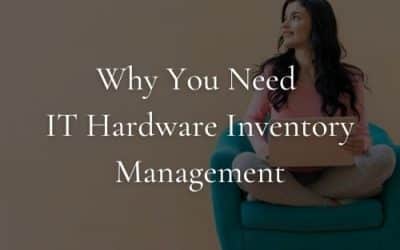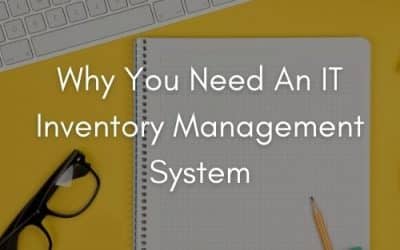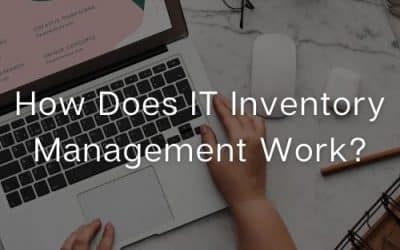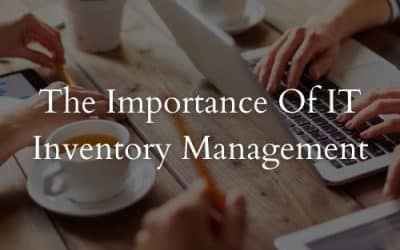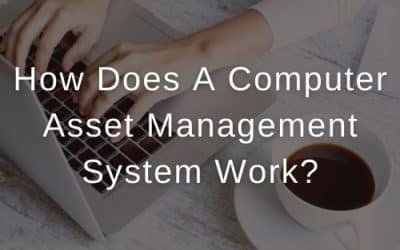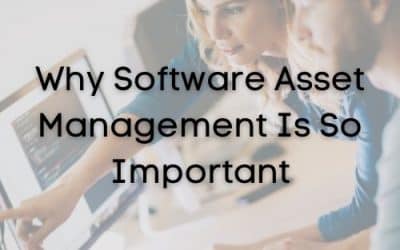Find out more about IT hardware inventory management. Why does your business need an effective IT asset register? Book your free demo itemit today.
itemit Asset Tracking Blog.
Learn more about the world of asset tracking software
Topics
Industries
Why You Need An IT Inventory Management System
You’ll be facing a lot of common challenges related to tracking your assets. An IT inventory management system will give you more clarity and control.
How Using A Computer Asset Management System Saves You Money
A computer asset management system will save you money by giving you more control over your assets. Save money by saving time and by using helpful features.
Why Is IT Inventory Management Important?
IT inventory management allows you to be adaptable to any changes in your business. It also saves you time and money and speeds up existing operations.
How Does IT Inventory Management Work?
Find out more about how IT inventory management works and how you can use it in your business. Save time and money with IT asset management.
Using Computer Asset Tracking Software In Your Small Business
You can use computer asset tracking software to save time and money in your small business. Find out more about how it works and how it can save you money.
The Importance Of IT Inventory Management
IT inventory management is essential to your operations. Find out more about how it can save your business time and money.
How Does A Computer Asset Management System Work?
A computer asset management system will allow you to streamline your IT asset management operations. Find out more about how you can track your assets.
Why Software Asset Management Is So Important
Software asset management is crucial so that you know what you own, and who has access to which software in your business. Save time and money with itemit.
How To Use Computer Asset Tracking Software To Save Your Business Money
You can use computer asset tracking software to save your business money. Find out more about how and start a free trial, here.
Using Computer Asset Tracking Software For Videogame Development
You can use computer asset tracking software if you’re a videogame developer. Find out more about how it can save you time and money.
What Are The Best IT Asset Management Solutions?
The best IT asset management software solutions will improve your operations greatly. Control your IT asset register and view necessary data.
Don't just track it. itemit.
Start your trial. 14 days. No risk. No credit card.

